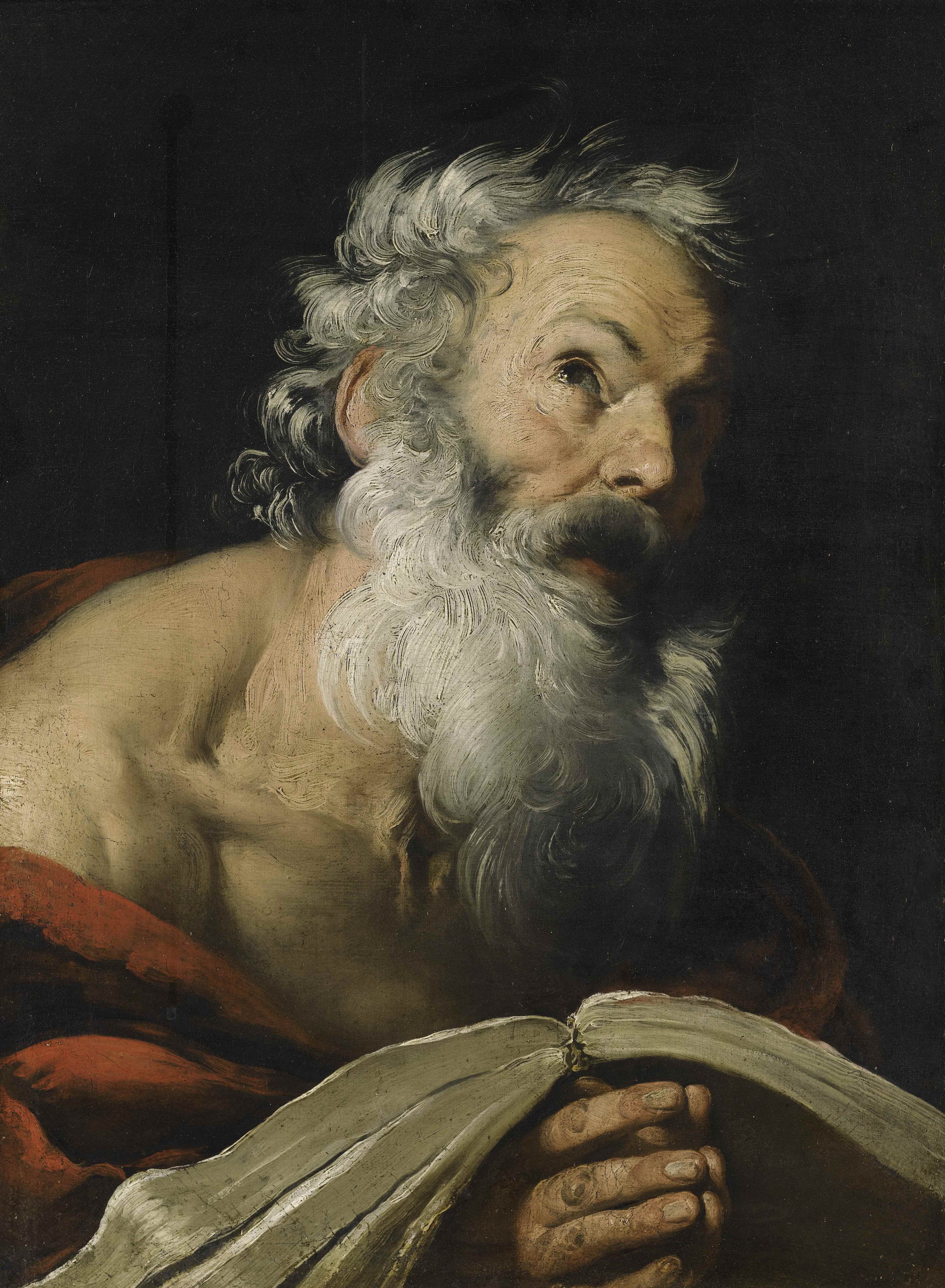
In the spring of 1951, Worcester Art Museum, Massachusetts, mounted the exhibition ‘Condition: excellent. A special exhibition of paintings notable for their state of preservation’. As the title suggests, the purpose of the exhibition was to show paintings that were in an exceptional state of preservation. Sixty years after the Worcester exhibition, while spending a few valuable hours at the RKD, I found myself taking a critical look at the catalogue of the exhibition. My eye fell on a tronie by Giambattista Tiepolo (1696-1770). Even from the catalogue photograph I could see that the paint was wonderfully fresh. It must have been a truly sensational exhibition, I thought to myself.

Nowadays it is common practice to pay attention to the condition of paintings. Condition reports are a standard part of the ‘presentation package’, whether it is for a museum loan, or to attract buyers. But back in 1951 examining the condition of a work was not yet something that was done on a large scale. In those days technical art history was still in its infancy, not to mention digital photography, which lets us inspect paintings in minute detail on a screen.
What intrigued me about the 1951 exhibition is that the organisers were keen to invite the visitor to have that sensational experience of being directly in contact with the artist through the medium of paint in its purest form. This was a groundbreaking concept at the time. For once the public was not expected to get to grips with a complex intellectual story, but rather to tune in to their senses and to become almost physically aware of the artist’s presence.
The Dutch are very familiar with this type of experience through the work of Rembrandt. Who has not stood in front of the Jewish bride and felt the power of this very moving scene purely through the paint and the rough manner in which it has been applied? But paint and other materials change over time. Paint dries out or is abraded, and paint layers can become damaged. In the works of the Roman historian Pliny the Elder (ca 23-79 AD) we can read that a then 400-year-old painting by the Greek artist Apelles was in need of restoration, but that no one with the right skills could be found to undertake the task. The organiser of the exhibition in Worcester regards this anecdote as proof that the interest in the technical aspects of art existed since the earliest times. It is good craftsmanship, he argues, that guarantees art is preserved through the centuries. Every art lover will recognise the sensory response that the Worcester exhibition of 1951 aimed to bring about in its visitors. The painting of Saint Jerome by Bernardo Strozzi (1581-1644), lot 169 in the auction of 6 December 2012 at Sotheby’s, London, provided such a ‘feast of the senses’: the paint layers were beautifully preserved and it was as if Strozzi was painting before our eyes.
At a time when many people first become interested in art through their iPhones or iPads – in other words through screens – the message of Worcester 1951 is still relevant. When it comes to art, you should let the sensation of the object itself surprise you rather than a picture of it!
